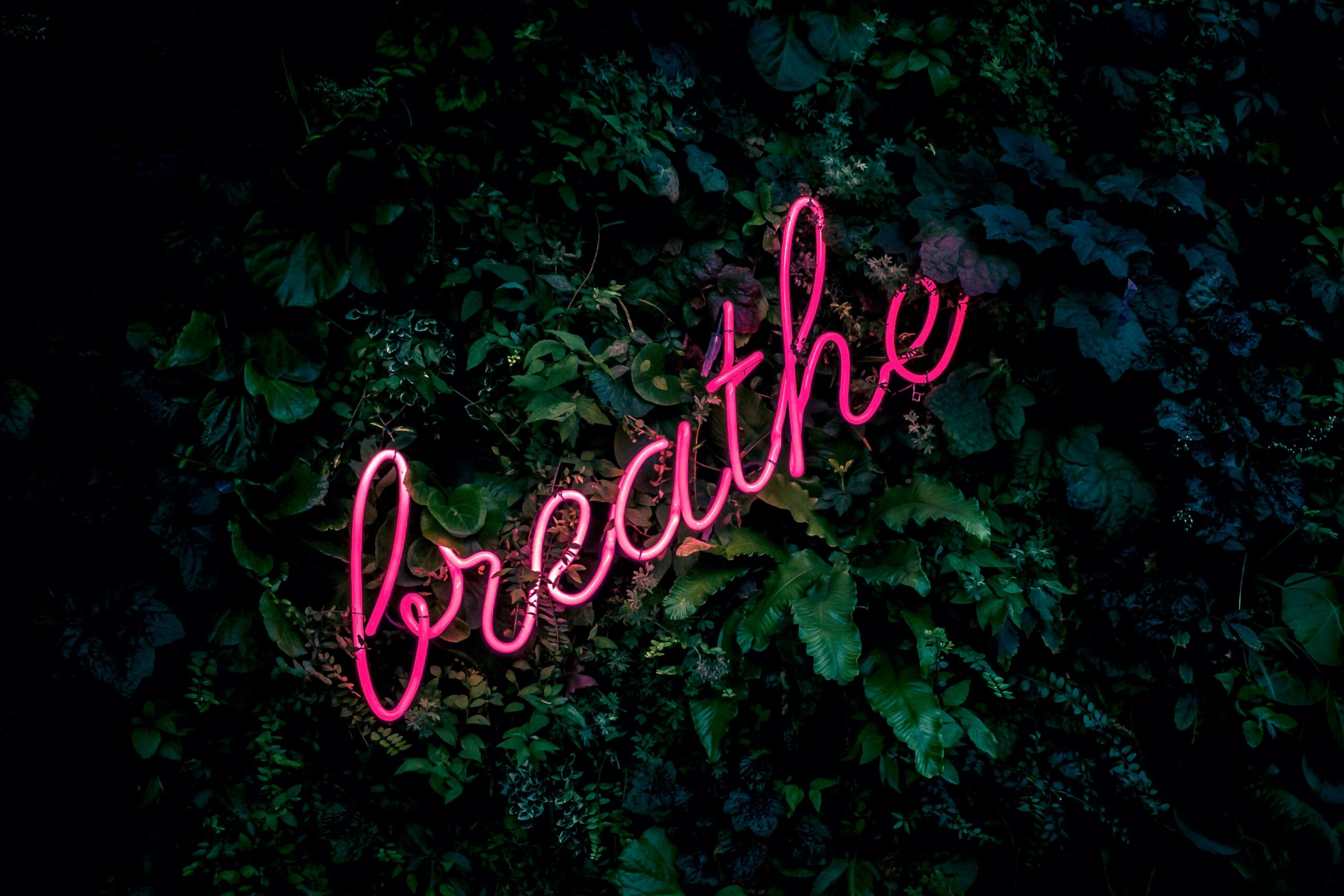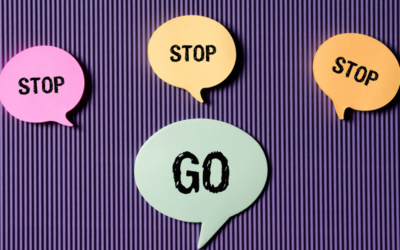I like to point out to my clients, and remind myself, from time to time that breathing is something we are always doing, whether we’re actively noticing it or not. We might think of the breath as a constant, steady friend that we can always turn your attention toward, like an anchor regardless of how tossed and turned the waters may be.
Sometimes, just bringing our attention to our breathing can have a calming, grounding effect. It may be enough to help give us space from an unhelpful thought that’s looping in our mind or an unpleasant sensation in our body that we’re fixating on.
Mindfulness and pranayama (breath technique) practices from the tradition of yoga, can help us go a step further and get playful with how we use the breath. There are many breathing methods that have been shown to help ease anxiety, reduce stress, lower blood pressure, just to name a few benefits.
I’ll walk you through five of my favorite breathing techniques to turn to when I’m feeling frazzled, ungrounded or overwhelmed. All of these breathing exercises can be done standing, seated, or lying down.
Belly Breathing
This is usually the first breathing exercise I share with clients who are new to breath practices, as it helps us come back to the way we naturally breathe when our parasympathetic (aka “rest and digest”) nervous system is online.
We come into the world naturally taking full, deep breaths, during which the diaphragm muscle (a dome shaped muscle at the base of our lungs) contracts, allowing more air to enter our lungs. If you’ve ever watched a baby sleep, you might notice their stomachs gently rising and falling as they breathe.
As we grow and learn to guard against the stresses of life, what can happen is tighter, shallower and more constricted breathing that is mostly felt in the chest. The good news is that we can re-train our bodies to breathe in a more relaxed way by intentionally directing more movement into our bellies. I like to place a hand over my chest and a hand over my belly to feel and begin to shift this rise and fall.
Ujjayi
This is sometimes called “ocean breath,” since when we breathe this way, it can sound like the ocean waves ebbing and flowing. It is a deeply calming breath for our nervous system and has also been shown to improve concentration and reduce symptoms of depression.
If you’ve never practiced ujjayi breath before, it is sometimes easier to start with an open mouth and practice first on your exhale. You are going to constrict the back of your throat as if you were trying to fog up a glass window and exhale with a “hah” sound. See if you can maintain the constriction in the back of your throat as you inhale. Once you get the hang of that, try closing your mouth but continuing to constrict the back of your throat. You are now making the sound of ocean waves or perhaps will be reminded of Darth Vader!
You can click here for a demonstration.

Alternate Nostril Breathing
Alternate nostril breathing can be deeply balancing, calming and cooling for the mind and body. It helps to balance the left and right hemispheres of the brain. In the tradition of yoga, the sanskrit for this breath practice is called “nadi shodhana.”
For this breath technique, you are going to need one of your hands, as your thumb or ring and pinky fingers will be alternately closing off one nostril at a time, while you inhale and exhale through alternating sides. One full cycle is to begin with an inhale through your left nostril as you close off your right nostril, close off left, exhale right, inhale right, close off right, exhale left. You can see a demonstration here.
Box Breathing
For this breathing exercise, you can either visualize a square or box, or what I like to do is find a square or rectangle object in the room. Beginning at the bottom left corner of the square, you are going to inhale for a count of four as you move your gaze up the left side of the square, hold the breath for a count of four as you move your eyes from top right to left, exhale for a four count as you move your gaze down the right side, and hold for four counts as you shift your gaze from left to right on the bottom side.
Box breathing adds the element of tracking with your eyes as well as counting to the breath, which can be a helpful anchor particularly if you’re struggling with racing or looping thoughts and having trouble getting “out of your head.”
Whatever breath technique or techniques you decide to try, remember that it can take some time to gain a level of comfort with something new. I encourage you to approach your practice with kindness, curiosity and playfulness.




0 Comments